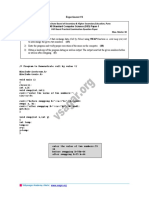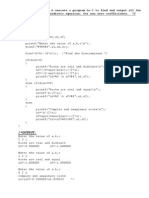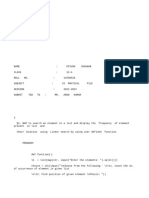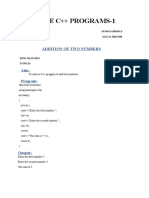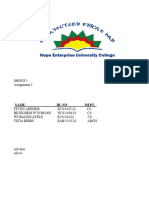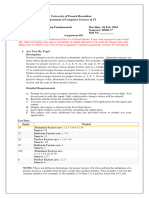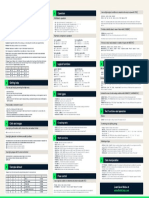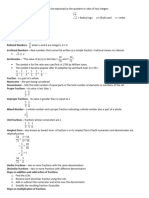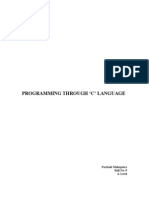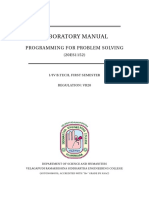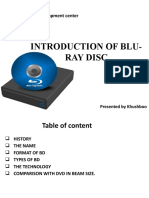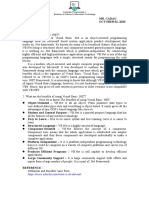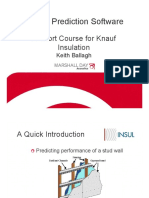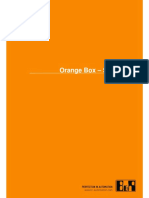0% found this document useful (0 votes)
13 views62 pagesAllied C&VB-Manual
The document outlines the practical programming syllabus for II B.Sc. Electronics and Communication students at Dr. MGR Govt. Arts & Science College, including a bonafide certificate template and a list of experiments for Programming in C and Visual Basic. It details various programming tasks such as calculating simple and compound interest, finding the mean and standard deviation, and converting binary to decimal. Each task includes an aim, algorithm, source code, output, and result verification.
Uploaded by
Selvam ManoCopyright
© © All Rights Reserved
We take content rights seriously. If you suspect this is your content, claim it here.
Available Formats
Download as PDF, TXT or read online on Scribd
0% found this document useful (0 votes)
13 views62 pagesAllied C&VB-Manual
The document outlines the practical programming syllabus for II B.Sc. Electronics and Communication students at Dr. MGR Govt. Arts & Science College, including a bonafide certificate template and a list of experiments for Programming in C and Visual Basic. It details various programming tasks such as calculating simple and compound interest, finding the mean and standard deviation, and converting binary to decimal. Each task includes an aim, algorithm, source code, output, and result verification.
Uploaded by
Selvam ManoCopyright
© © All Rights Reserved
We take content rights seriously. If you suspect this is your content, claim it here.
Available Formats
Download as PDF, TXT or read online on Scribd
/ 62





